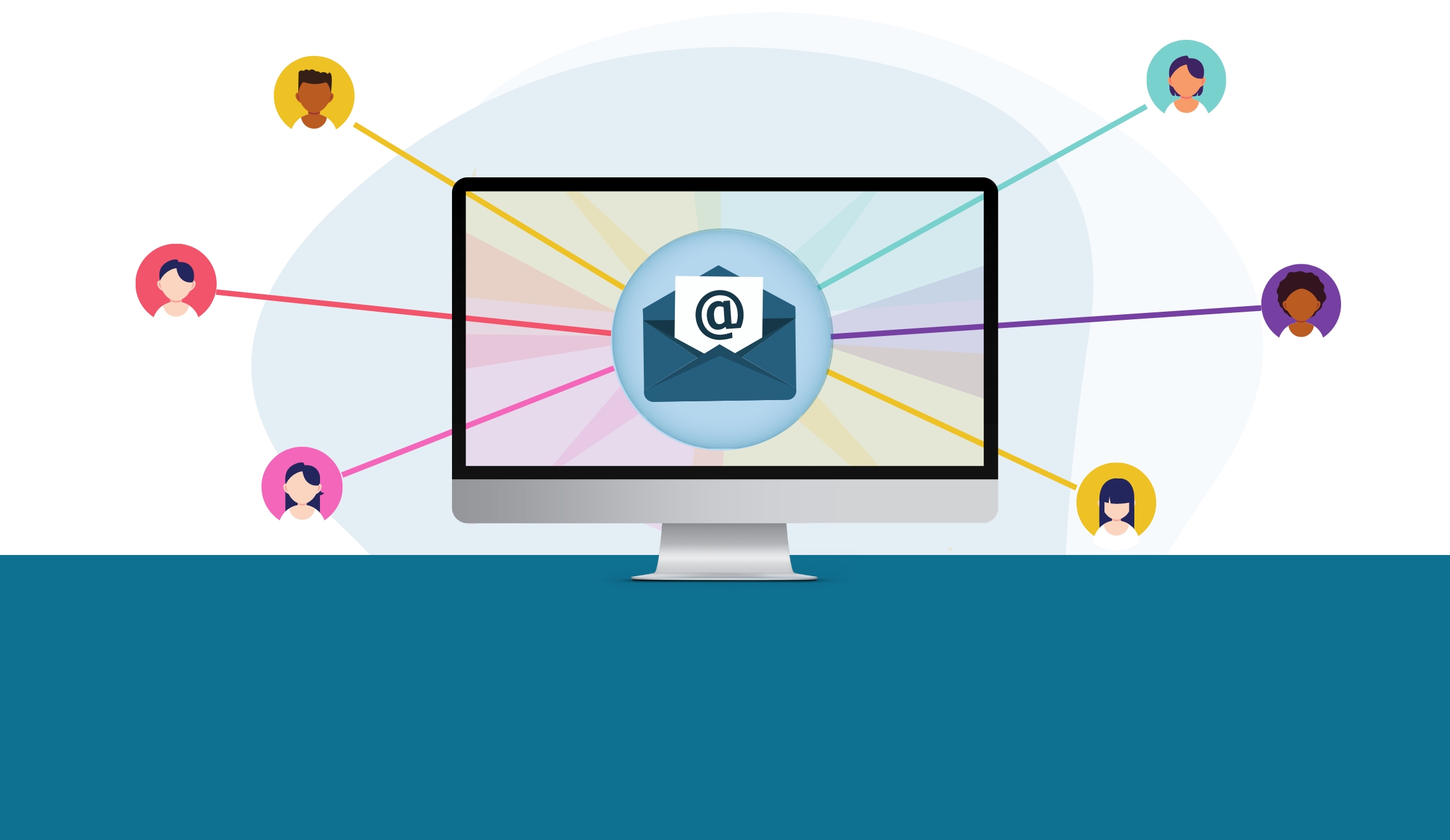How to implement a Digital Mailroom
Now more than ever, businesses look for digital tools that can cut costs and creatively increase efficiency. Virtual mailrooms are a tool that streamline mail processing - embracing automation to sustain growth; delivering information, not paper.
Through digitisation, your mailroom is centralised and automated. Mail is handled efficiently and routed securely, allowing you to promptly address customer inquiries, resolve issues, and improve customer satisfaction.
In the past, the primary consumer of digital mailrooms were large organisations looking to manage mail at multiple sites. Now, they are being used in hybrid work environments for their ability to remove locational constraints.
So what are the steps to implement a digital mailroom?
Ideation
Assess your current mail process. Evaluate how mail is received, sorted, distributed, and archived. Identify pain points, bottlenecks, and areas for improvement. Ideate your rules for redirection and return to sender. Plan critical path workflows to ensure efficient handling. Prepare CRM database access to allow OCR to index mail automatically.
Determine the goals and objectives you want to achieve with a digital mailroom. This could include faster mail processing, improved efficiency, reduced costs, enhanced security, and better customer service. Establish key performance indicators (KPIs) to measure success.
The Process
Delivery: Mail is routed to a centralised location, pre-checks are performed, and mail is prepped for digitisation.
Scan, quality check, and index: Documents are scanned, and OCR technology extracts relevant data, such as recipient names, addresses, and reference numbers. This information is cross-referenced with your CRM database to index your mail automatically.
Routing and restriction: Digital mailroom software applies predefined business rules to encrypt mail and route it to the appropriate recipients, protecting against loss and theft.
Workflow: Once information is computer-readable, it can be actioned in digital workflows. Invoices can be pushed to AP departments for validation and approval, employee case files can be appended with onboarding documents, and records can be archived automatically with the correct retention schedules.
Return, destroy, or store: Precious mail is returned to the sender. Physical mail is shredded or returned. When mail requires archival, its digital image is stored securely and compliantly with GDPR legislation. An automatic retention schedule is applied, and a deletion workflow begins once it has been held past statutory requirements.
Improvement
By regularly reviewing KPIs that measure the effectiveness of implementation, users can identify areas for improvement, refine workflows, and address any issues or challenges. Report functions continuously monitor performance and gather user feedback, allowing your mailroom process to be evaluated, maintained, and enhanced.
Integration
Once the digital mailroom is successfully implemented, consider expanding its usage to other departments or locations within your organisation. Documents processed digitally can seamlessly integrate with other systems, utilising smooth data exchange and efficient collaboration across different departments.
Explore integrations with other systems, such as automated invoice processing (AIP) or electronic document management systems (EDMS), to enhance efficiency and information management.
Datatron's virtual mailroom service (VMS)
What we have learnt from the lockdown:
- Preference doesn't have to come at the cost of productivity.
- Prioritising social elements and accommodating personal schedules can lead to better outcomes.
- Acquisition and retention are affected by the ability to deliver a hybrid workplace
- Talent is migrating home.
At Datatron, we recognise the demand for continued innovation in hybrid spaces. Our virtual mailroom service is a product of our continual investment in image capture and data extraction technologies.

